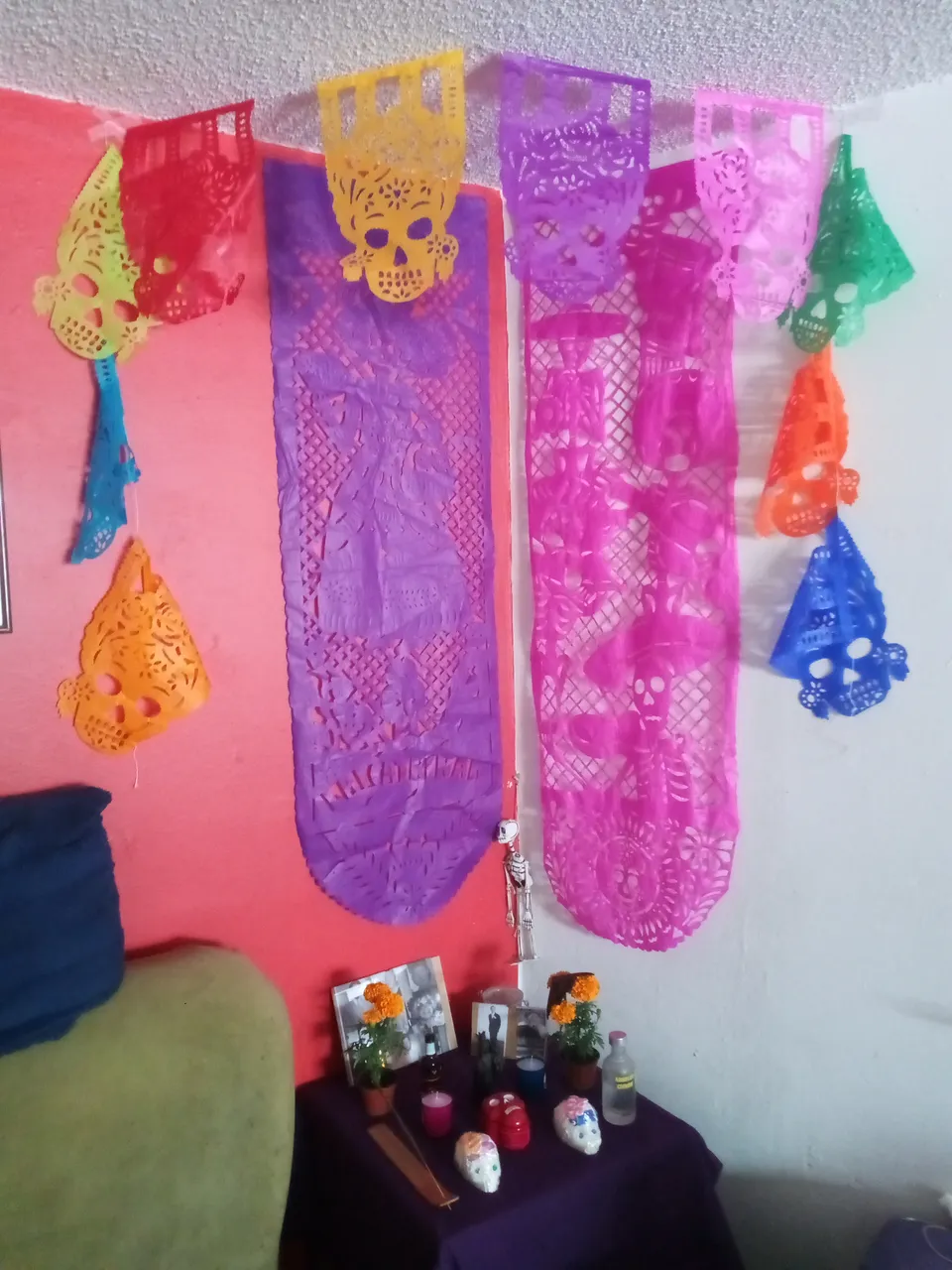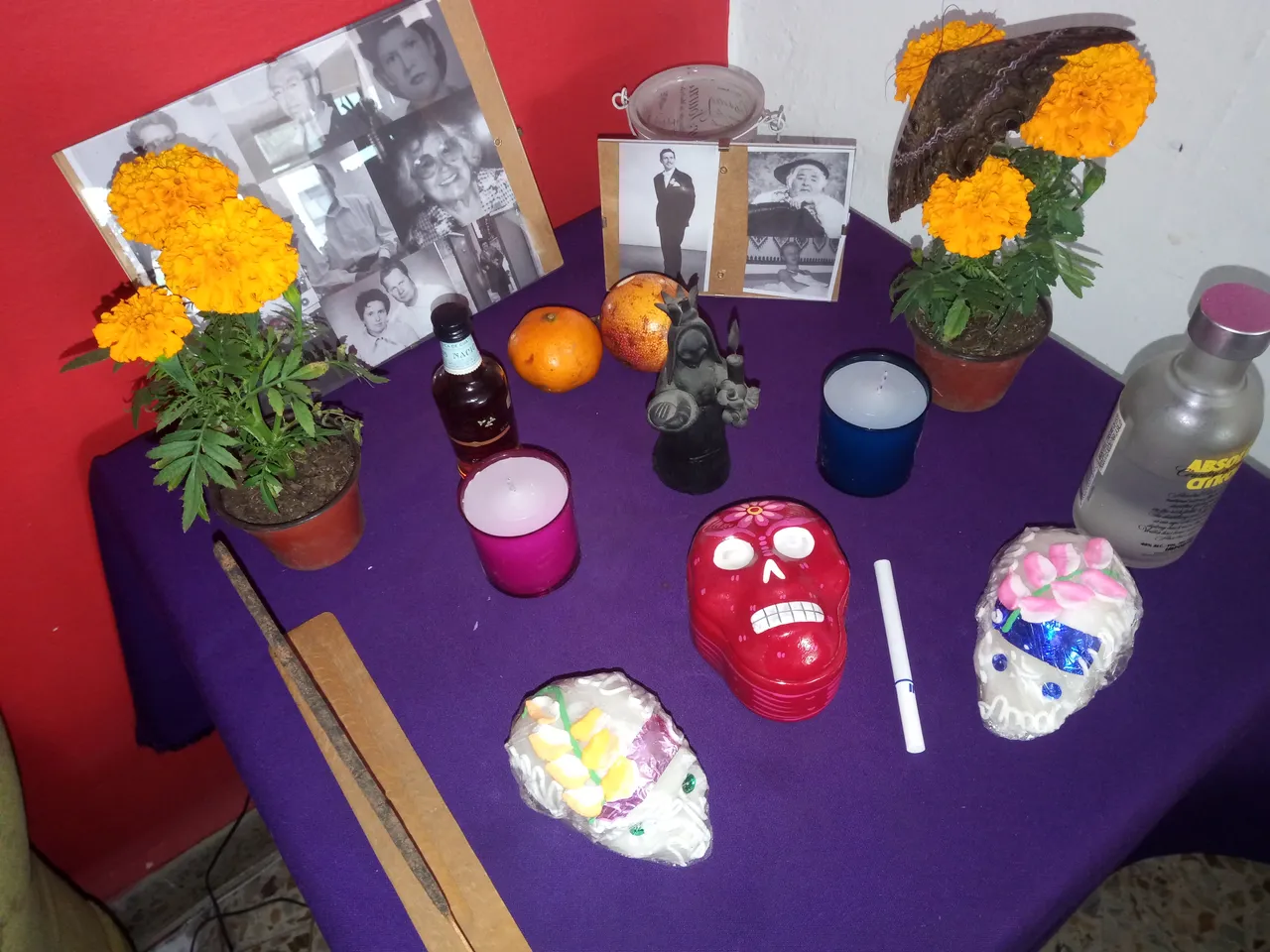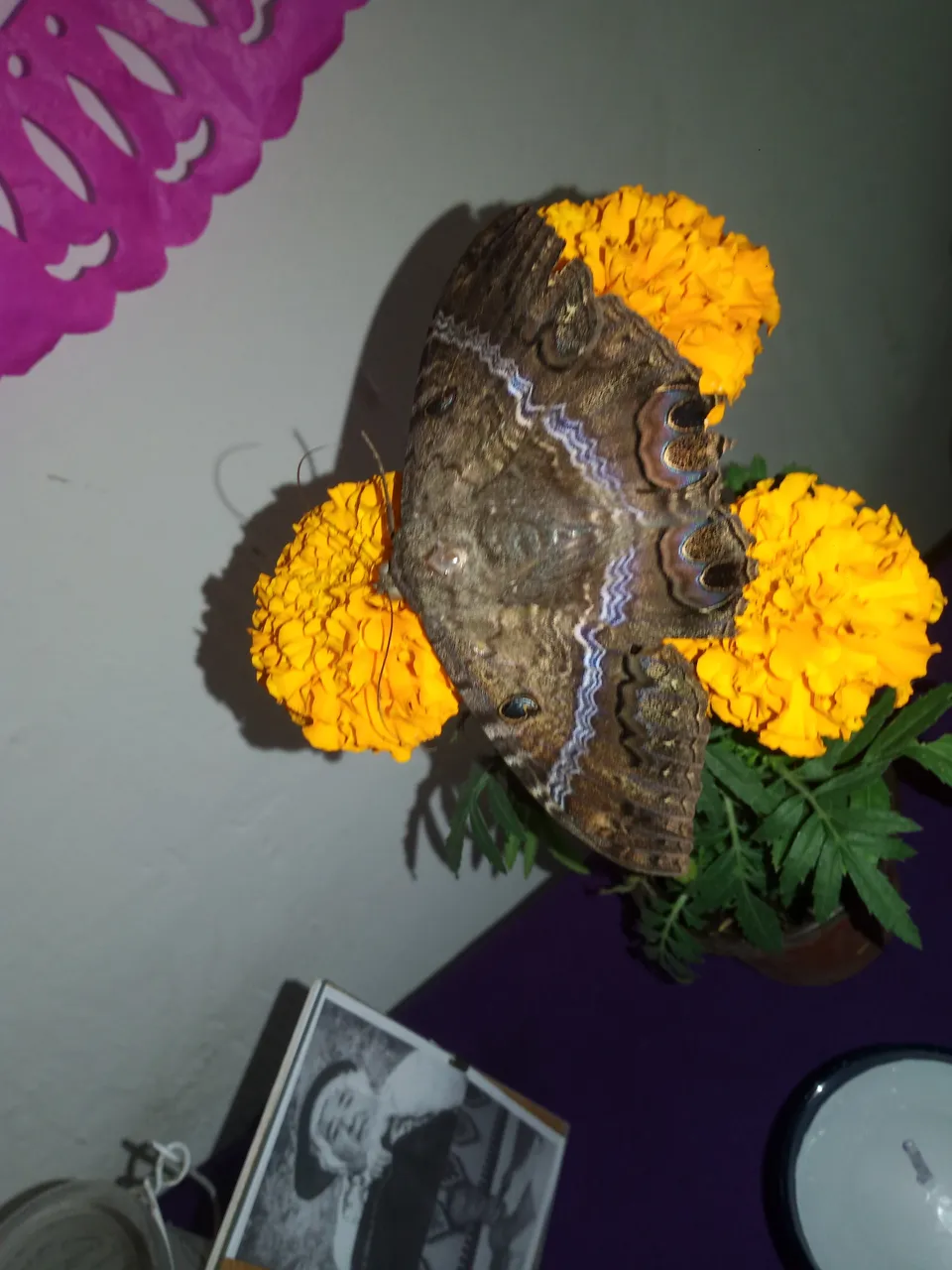It is November 1st, Halloween has just passed, and all the skulls and skeletons are getting put away for next year. Not so in Mexico! Over here this is where they are brought out (okay, in fact they have been set up all over the place for the last couple of weeks now, not unlike how people start their X-mas decoration in November), for the famous Day of the Dead celebration.
How Many Days of the Dead are There?
While in English the common expression is Day of the Dead, there are (at least) two holidays involved here. November 1st is the official Day of the Dead, a.k.a. All Saints' Day, followed by All Souls' Day on November 2nd. In Mexican tradition both are referred to as Los Dias de los Muertos, where November 1st is the day of the adult dead relatives, and November 2nd the day of dead children. If you add October 31st to it, which is the evening before All Saints' Day, All Hallows Eve, or Halloween, you get a pretty important three-day celebration. Here, however, Halloween is more a US influenced night of costume parties, while Nov. 1 and 2 the Mexican traditions are brought out.

Building and Offering for the Dead
How do people celebrate the Days of the Dead? Most importantly, the living and the dead go to visit each other and celebrate together. In practice this means, the living go to the cemeteries to decorate their loved ones' graves, and participate in the music and dance, food and drinks, that is the norm in the graveyards on this day. This year, due to Covid, this practice may be somewhat limited. There is a saying these days, that the graveyard is for the dead only. So sad...

Of course, the dead also want to visit the living, so families build types of altars in their homes, to invite the dead friends and relatives. This can be as simple as a table with some candles, incence, cempazuchitl or Mexican marigold flowers, photos of the departed, and some of their favorite food, as well as alcohol, cigarettes, etc. Just like for Christmas, many homes go completely crazy with their offerings, including elaborately laid out flower arrangements on a multi-tiered altar.
The Humble Offering at our Home
We don't always follow the tradition, but this year my wife and I have decided to build a Day of the Dead altar. We draped a purple tablecloth on a small table in the corner, and added the most important things: pictures of our dead relatives, candles, flowers, and a bit of food. We had to be careful with the latter, because in an unguarded moment our dog is highly likely to snatch anything she deems edible, so we stuck to a tangerine and a passion fruit, which she will leave alone, hopefully.

Additionally we included a paper skeleton we have kept from our last offering, a clay figurine of the Santa Muerte a friend once gave me, a couple of skulls made of sugar (complete with wrapping, to keep the dog at bay), and various paper-cut decorations Mexican shops are filled with these days. The most interesting addition to this year's offering is an actual Paloma de Muerte, which is appropriately also dead.
A Big Black Moth, Another Symbol of the Dead
What I consider most interesting about our offering this year, is the huge moth, known colloquially as Paloma de Muerte or Dove of the Dead. Notwithstanding the name, Mexicans are of course aware that this moth is not a bird but an insect. But it is considered to be a vehicle or messenger of the dead.

This cute belief gained major significance for me during our last offering, when one of these moths came into our apartment, and sat down on the wall right above our altar. WOW! This year, about a week ago another one of these moths came in, flew around for a while, and then I thought it had left. I guess it didn't find an altar, as it was still too early for that. However, only two days ago I found it's dead body on our kitchen shelf. It must have died here before it managed to get out. So what better place could there be for a Dove of the Dead moth, than on our altar? Even - or especially - since it had passed on too.